Start with our Chatbot. If it can't help, you'll have the option to be connected with a Librarian.
Please request a research appointment with a Library Expert.
Primary sources are records created or made by individuals who were present at an event in the past, for example, as a witness. This is differentiated from secondary sources, which are records made after the event has happened and have the benefit of hindsight when writing about a past event. The ability to examine original records (a.k.a. primary sources) allows us to clarify our understanding of past events.
Secondary sources potentially have bias and unconscious views that infuse how they talk about an given event. Secondary sources may discount the contribution made by individuals or groups of people. It is hard to know if this is happening in your source unless you can compare primary sources to secondary sources.
 |
 |
 |
| Photographs | Oral Histories | Letters |
 |
 |
 |
| Newspapers* | Books |
Analysis or Interpretation of Information
|
*Newspapers can be considered a primary source in some disciplines and some contexts.
1971 - present. Access to both historical and current content of the local newspaper.
Access to over 450 newspapers from California, some with coverage from the 80s. Searchable by keyword, date, headline, author/byline and more.
University of West Florida, John C. Pace Library, 3:53
This video explains the basic difference between primary (ground-level evidence for any discipline) and secondary sources (anything created using primary sources) but also indicates that what constitutes as primary and secondary sources depends on the discipline and how the information is going to be used (for example, an empirical study in the sciences could be a primary source). The example that shows the shift from primary to secondary is very effective. The video also emphasizes that the two resource types are not in competition with one another but are more in conversation with one another (Framework connection). This does a nice job of explaining a more complex idea and would be good in a LibGuide and can be assigned prior to a session or watched during class. Start the video at 0:03, and end the video at 3:49 to skip over the library branding.

Copyright @ The Regents of the University of California. All rights reserved.
